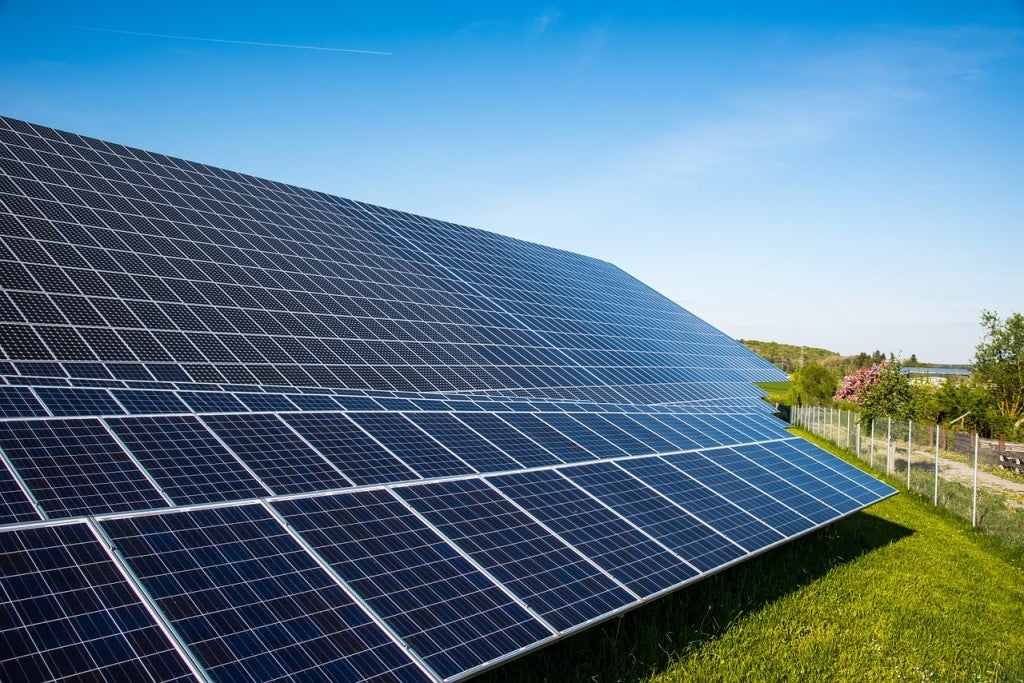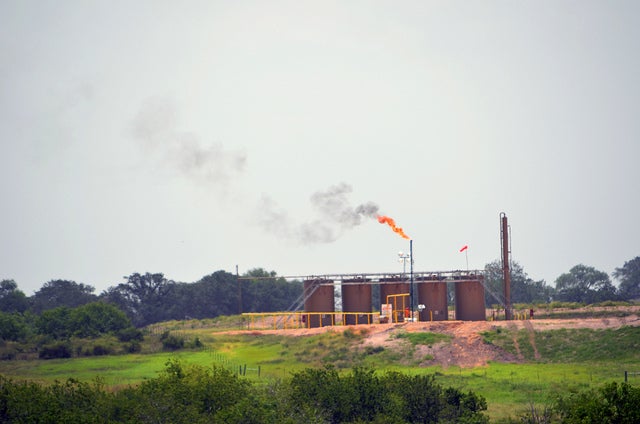 Each month, the Energy Exchange rounds up a list of top clean energy conferences around the country. Our list includes conferences at which experts from the EDF Clean Energy Program will be speaking, plus additional events that we think our readers may benefit from marking on their calendars.
Each month, the Energy Exchange rounds up a list of top clean energy conferences around the country. Our list includes conferences at which experts from the EDF Clean Energy Program will be speaking, plus additional events that we think our readers may benefit from marking on their calendars.
August 4-6: 2015 ACEEE Summer Study on Energy Efficiency in Industry (Buffalo, NY)
- This year’s ACEEE Summer Study on Energy Efficiency in Industry will bring you the latest thinking on managing plant energy use, national energy policy, and industrial energy efficiency program administration. Session topics include Strategic Energy Management, Sustainability, Smart Manufacturing, Beyond Best Practices, Policy and Resource Planning, and Delivering Results.














